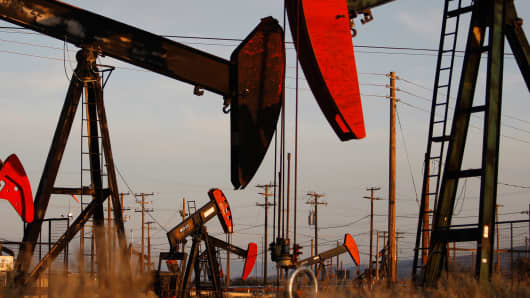This is somewhat reminiscent of how commodity producers acted during the Great Depression in the 1930s. Despite falling commodity prices, particularly for rubber, which was in great demand during the 1920s auto boom, Asian countries, stung by the plunge in demand for new cars, continued to produce rubber at a break-neck pace, driving prices ever lower and depleting their coffers at an equally fast pace.
We are seeing that among oil producers, as well. Russia may run out of surplus cash as early as next year. Saudi Arabia has tapped global bond markets to extend their excess currency reserves, apparently hunkering down for what could be a prolonged period of depressed energy prices.
The Federal Reserve has suggested that the decline in energy prices should prove transitory. If history is any guide, oil can easily go down and stay down for many years to come.
Oil briefly fell below its 2009 low of $37.75 a barrel. Below that level, long-term support for oil prices is somewhere around $20 per barrel. That would represent a nearly 50-percent additional decline in prices!







